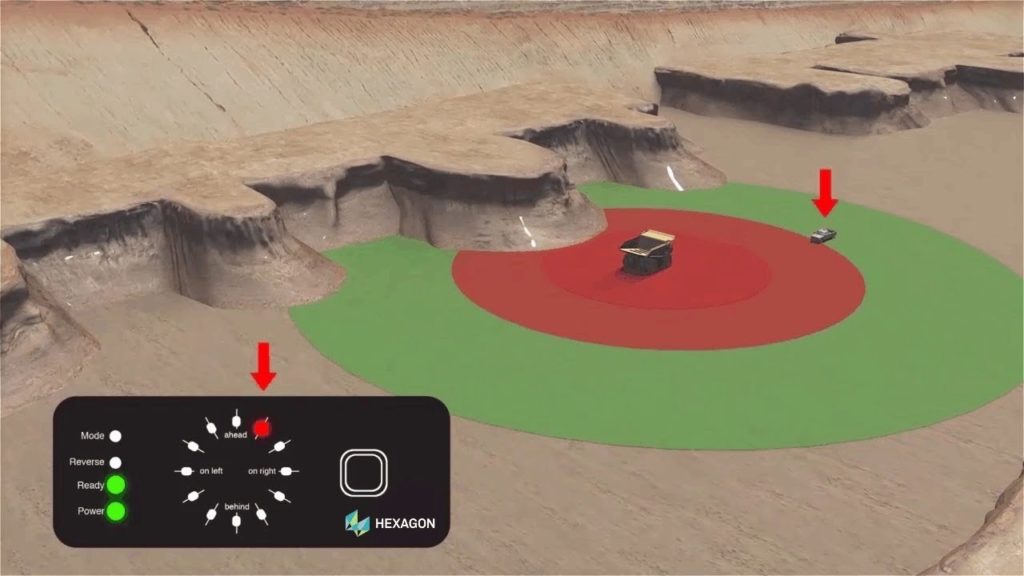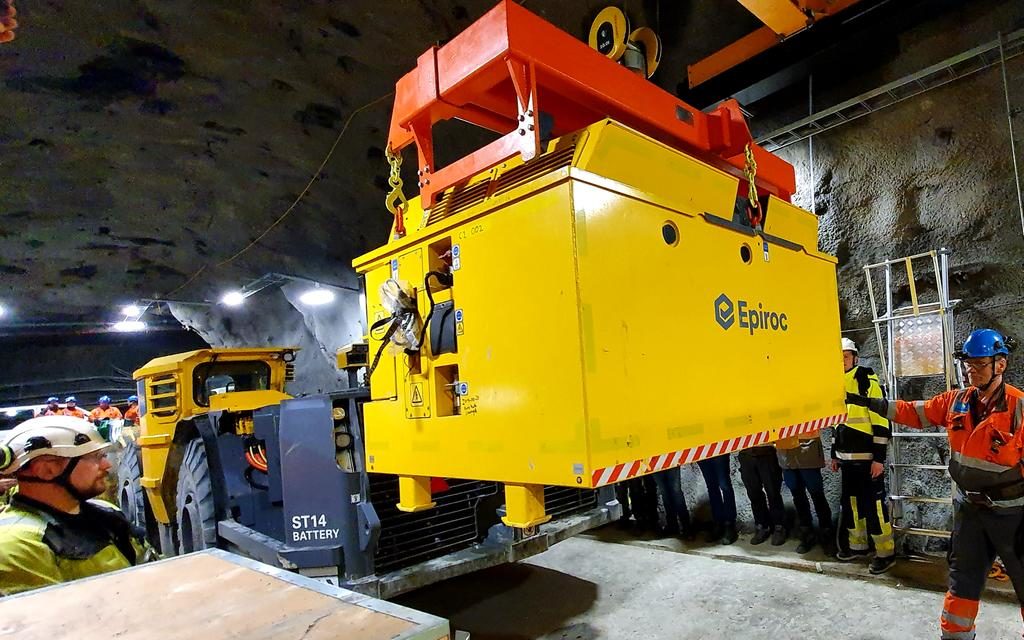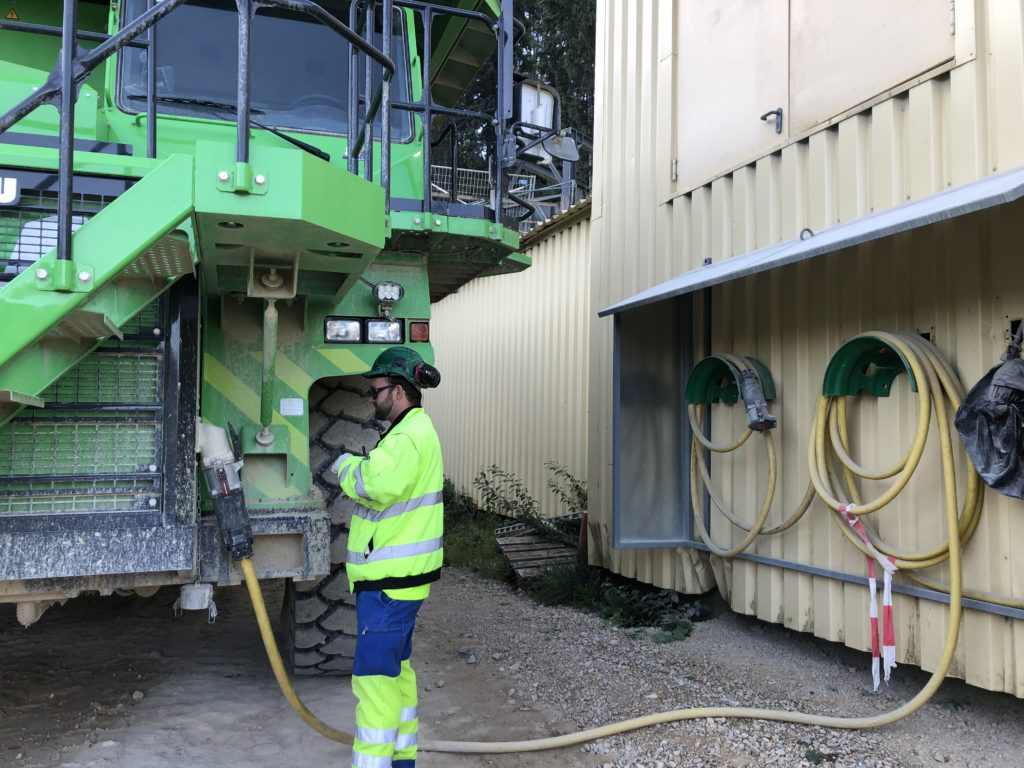CoolPlanet, a global decarbonisation firm, and Huber Automotive AG, an automotive supplier, have joined forces to create what they say is the safest, cleanest, most efficient mining vehicle in the world – at scale.
Under the partnership, CoolPlanet will integrate its analytics, reporting and driver safety system into Huber’s Electric Land Cruiser, as well as offering its wider decarbonisation management system, CoolPlanetOS, to help mines significantly reduce their carbon emissions.
The partnership will leverage the strengths of both companies to offer mining companies an end-to-end decarbonisation solution that can help reduce their carbon footprint and operating costs, without compromising safety and efficiency, they say. CoolPlanet’s solutions will help improve the safety of fleet operations at mines via the integration of collision avoidance systems.
“CoolPlanet and Huber’s world-leading engineering teams aim to help mines make an immediate impact on their emissions – with the light mining vehicle – and with an infrastructure that can help decarbonise the entire mine,” CoolPlanet Chairman, Norman Crowley, said. “Mines will be able to eliminate diesel particulate matter and maximise vehicle safety, which is crucial considering mining vehicles account for 28% of all deaths in mining. The partnership will also enable mines to maximise their energy resiliency and efficiency while minimising environmental impact.”
CoolPlanet calls itself a global leader in industrial-scale decarbonisation, known for its approach to reducing energy consumption and emissions across various industries, including industrial, food & beverage, mobility and commercial sectors worldwide. Leveraging bespoke software, advanced engineering and unparalleled expertise, CoolPlanet helps complex organisations reach net zero faster, at scale, it says.
Huber is a leading provider of battery-electric vehicles and solutions for the mining industry. The company’s Electric Cruiser System kit is a turnkey solution that converts traditional diesel-powered vehicles to battery-electric power. Huber offers fully converted vehicles to the global mining industry through specialised local distributors. Its launch vehicle is a battery-electric powered Toyota LandCruiser 79 series vehicle converted on an automotive assembly line, and available in production volumes.
The companies said: “The partnership between Huber and CoolPlanet is a significant step forward in the development of sustainable mining solutions. The collaborative efforts of CoolPlanet and Huber will help mining companies address their Scope 1 and Scope 2 emissions. Huber’s product will play a pivotal role in reducing Scope 1 emissions, while CoolPlanet’s solutions will facilitate the tracking and reduction of Scope 2 emissions.”












